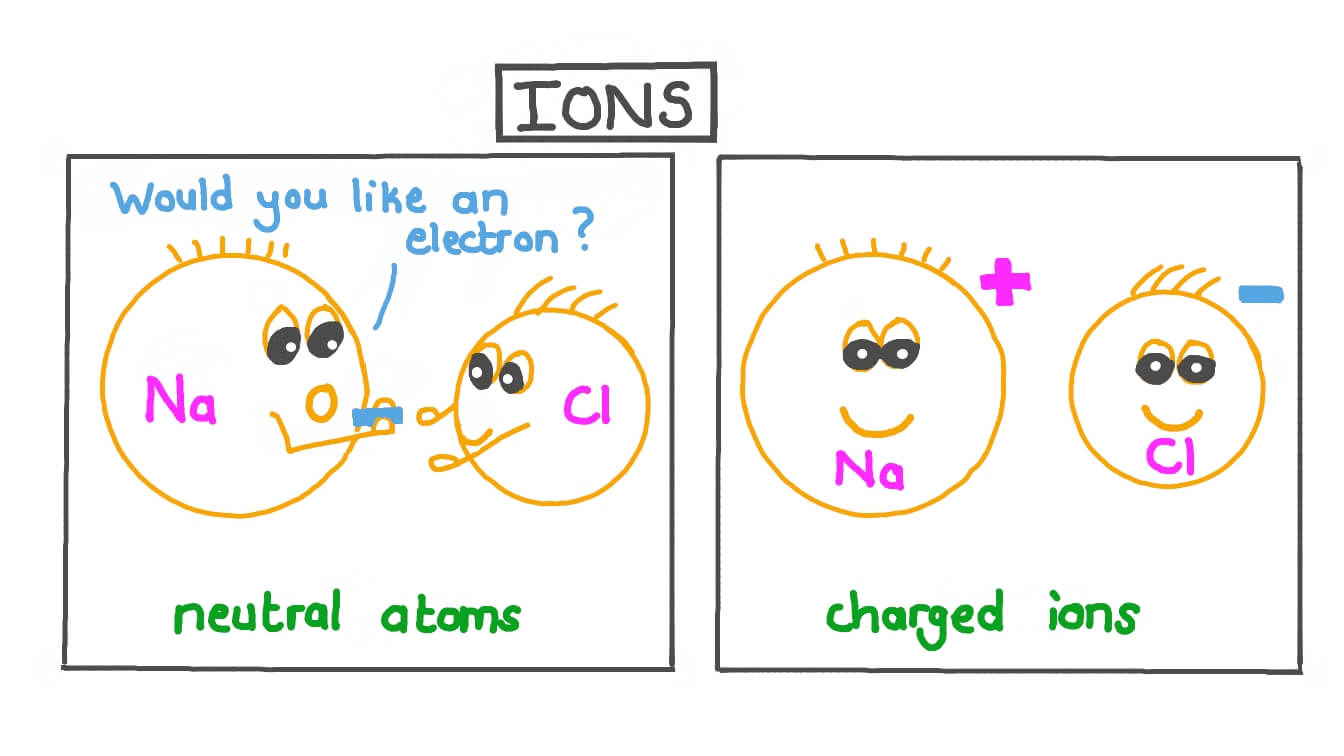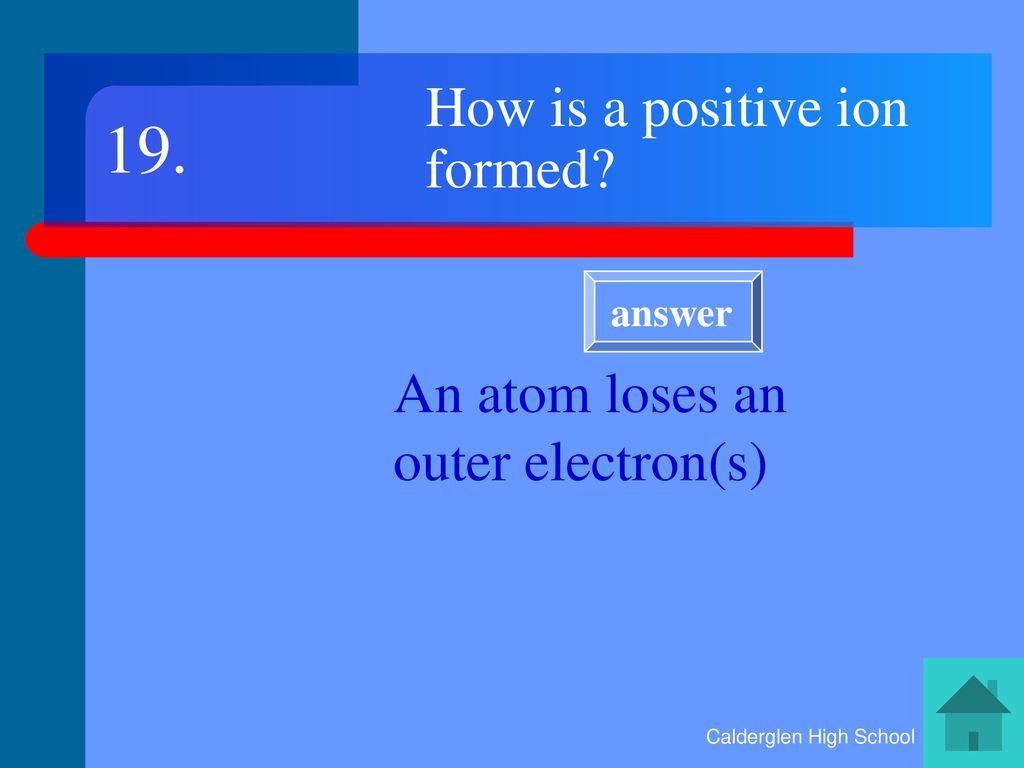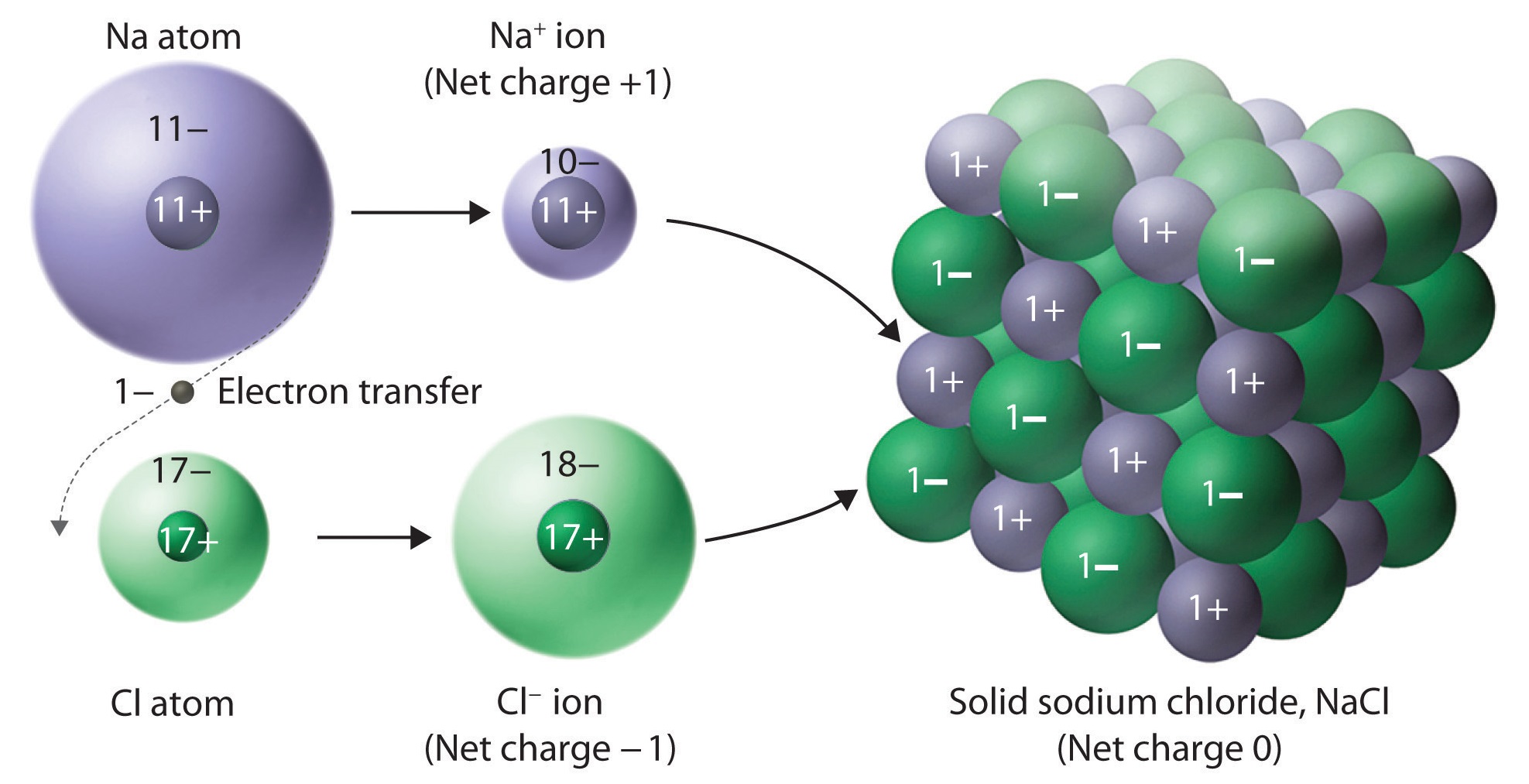A Positive Ion Is Formed When
A Positive Ion Is Formed When - An ion always has a charge that is positive (+) or negative (−). Ionic formulas balance the total positive and. A neutral atom gains an electron. An atom that has gained or lost one or more electrons is called an ion. A positive ion is formed when a. Ionic compounds have positive ions and negative ions. Ions form when atoms lose or gain electrons. A negative ion loses an electron. Positive and negative ions are formed by gaining or losing electrons from neutral atoms. A neutral atom loses an electron.
A negative ion loses an electron. Positive and negative ions are formed by gaining or losing electrons from neutral atoms. An ion always has a charge that is positive (+) or negative (−). An atom that has gained or lost one or more electrons is called an ion. A neutral atom loses an electron. Ionic compounds have positive ions and negative ions. A positive ion is formed when a. A neutral atom gains an electron. Ions form when atoms lose or gain electrons. Ionic formulas balance the total positive and.
Ions form when atoms lose or gain electrons. A neutral atom loses an electron. Ionic compounds have positive ions and negative ions. An ion always has a charge that is positive (+) or negative (−). A positive ion is formed when a. Ionic formulas balance the total positive and. A negative ion loses an electron. An atom that has gained or lost one or more electrons is called an ion. Positive and negative ions are formed by gaining or losing electrons from neutral atoms. A neutral atom gains an electron.
Lesson Video Ions Nagwa
Positive and negative ions are formed by gaining or losing electrons from neutral atoms. An atom that has gained or lost one or more electrons is called an ion. Ionic compounds have positive ions and negative ions. A negative ion loses an electron. A positive ion is formed when a.
design a positive ion with a charge of 2 annalealyon
An ion always has a charge that is positive (+) or negative (−). A neutral atom loses an electron. Ions form when atoms lose or gain electrons. A neutral atom gains an electron. Ionic formulas balance the total positive and.
5.2.1 Formation of Ion Revision.my
An atom that has gained or lost one or more electrons is called an ion. A negative ion loses an electron. Ionic formulas balance the total positive and. A positive ion is formed when a. Positive and negative ions are formed by gaining or losing electrons from neutral atoms.
Atomic Structure / Periodic Table ppt download
Ionic formulas balance the total positive and. Positive and negative ions are formed by gaining or losing electrons from neutral atoms. Ions form when atoms lose or gain electrons. A neutral atom loses an electron. An atom that has gained or lost one or more electrons is called an ion.
Bonding and Structure* — the science sauce
A positive ion is formed when a. An atom that has gained or lost one or more electrons is called an ion. A neutral atom loses an electron. A negative ion loses an electron. Ions form when atoms lose or gain electrons.
Draw the structure of the stable positive ion formed when an acid
Ionic compounds have positive ions and negative ions. A neutral atom loses an electron. A positive ion is formed when a. A neutral atom gains an electron. Ions form when atoms lose or gain electrons.
20.12 Engineering Chemistry LibreTexts
A neutral atom gains an electron. Positive and negative ions are formed by gaining or losing electrons from neutral atoms. An ion always has a charge that is positive (+) or negative (−). A positive ion is formed when a. A negative ion loses an electron.
5.2.1 Formation of Ion Revision.my
Ions form when atoms lose or gain electrons. A positive ion is formed when a. A neutral atom loses an electron. Positive and negative ions are formed by gaining or losing electrons from neutral atoms. Ionic compounds have positive ions and negative ions.
All about positive and negative ions?
A neutral atom gains an electron. An atom that has gained or lost one or more electrons is called an ion. An ion always has a charge that is positive (+) or negative (−). Ionic formulas balance the total positive and. Ionic compounds have positive ions and negative ions.
A Neutral Atom Gains An Electron.
A positive ion is formed when a. An ion always has a charge that is positive (+) or negative (−). Ionic compounds have positive ions and negative ions. An atom that has gained or lost one or more electrons is called an ion.
Ions Form When Atoms Lose Or Gain Electrons.
A negative ion loses an electron. Positive and negative ions are formed by gaining or losing electrons from neutral atoms. Ionic formulas balance the total positive and. A neutral atom loses an electron.









